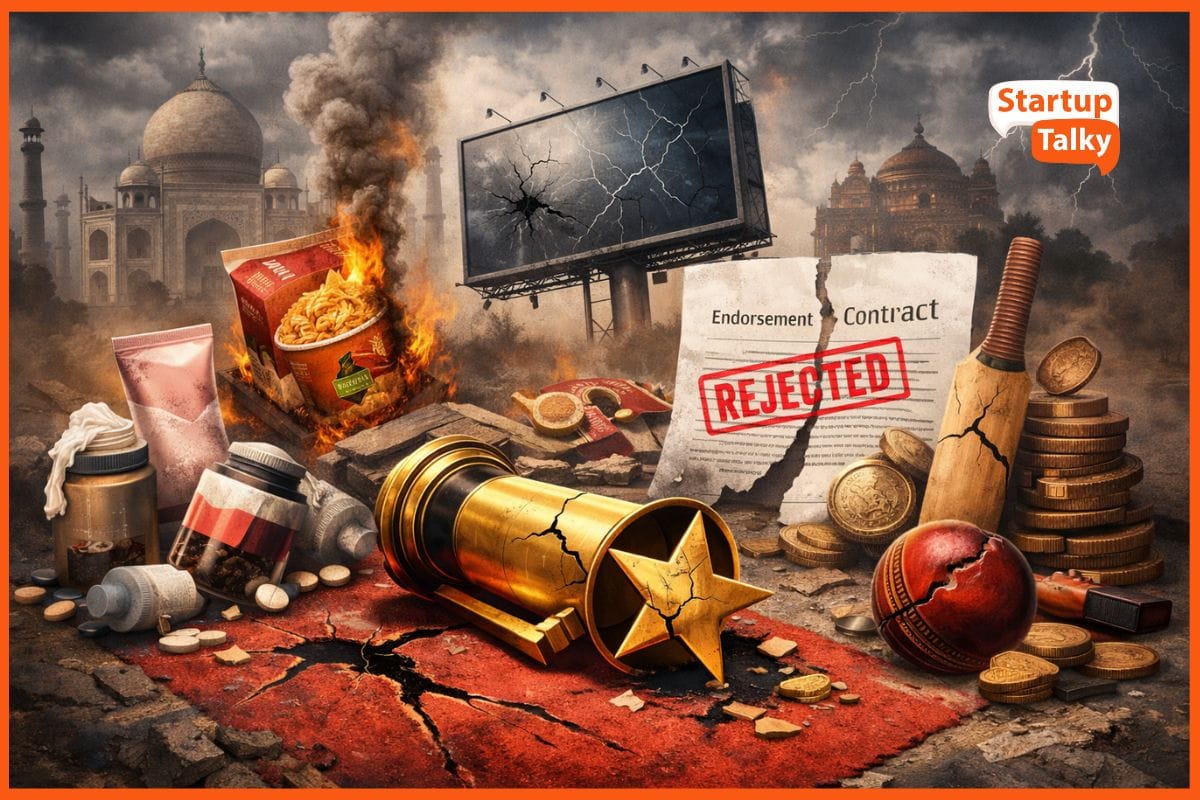Shrinkflation: Definition, Causes, and Impact on Customer Sentiment
📖 Learning
Shrinkflation is defined as the practice of reducing the size or quantity of a product while keeping the price of the product constant or increasing it marginally. In some cases, shrinkflation may also refer to lowering the quality of a product while the price remains the same. A phenomenon that is common in the food and beverage industry, this strategy is employed by companies to boost profit margins or, at least, maintain them when input costs are rising. British economist Pippa Malmgren has been credited for inventing this terminology in 2009.
Understanding Shrinkflation
Causes of Shrinkflation
How Does Shrinkflation Impacting Customer
Advantages and Disadvantages of Shrinkflation
Understanding Shrinkflation
While not illegal, it is a practice that is sneaky. It is not a fraud or a misrepresentation of products as the packaging always indicates the weight, volume, or quantity of the products in the packet. Shrinkflation is actually a hidden form of inflation.
As companies determined that customers would turn to substitute products in the event of another price rise, they resorted to a reduction in the quantity while keeping the price consistent. This is not immediately evident to the consumers as the absolute price remains the same, but the price per unit of weight or volume has increased.
Shrinkflation happens as manufacturers face inflation with ingredients and the supply chain. Some of the most famous companies and brands have adopted shrinkflation with their products to combat the price rise in raw materials.

- A chocolate bar is reduced from 60 gms to 55 gms with no decrease in its price.
- A thousand page notebook is changed to an eight hundred page book while its price remains the same.
- The price of a cold drink bottle is unaltered while its size reduces from 800ml to 750ml.
- A 2 kg sugar packet is reduced to 1.8 kg keeping its price constant.
Causes of Shrinkflation
A business works on the bottom line of registering profits. Shrinkflation is a useful tool to boost or maintain profit margins without drawing attention, from the company’s perspective. There are reasons and situations when the shrinkflation practice is executed.
- Increased Manufacturing Costs
A product cost is the sum total of raw materials, labor, power, packing, supply chain, etc., plus a profit margin that constitutes a part of the company’s revenue. When the costs of these essentials rise, it affects the price of the final product. This subsequently weighs on profit margins. Companies have to find ways to recoup these losses. Sometimes, for companies that lack pricing power, reducing the weight, volume, or quantity of products might be the best option to maintain a healthy profit without jeopardizing sales volumes.
- Strong Market Competition
Companies and producers employ the shrinkflation strategy to not only maintain their profit margins but to maintain customer loyalty and attract new customers in the face of stiff market competition.
How Does Shrinkflation Impacting Customer
Companies can increase their product prices only so many times before consumers either cry foul or shift to alternative products. So, while the strategy of shrinkflation might be the best choice, it too has its own advantages and disadvantages in the way it impacts the customers.
The harsh reality of shrinkflation for the customer is that they pay the same price for a lesser volume or quantity. Matt Pavich, Senior Director for Retail Innovations at Revionics – a price optimization software tool for businesses – puts it very succinctly -
“It’s safe to say that as much as consumers don’t like inflation—they are more adverse to shrinkflation. Inflation feels transparent and consumers are used to prices fluctuating due to channel, retailer, promotions, etc. but inherently don’t like it when one package once worked for their recipe and now they need to buy two.”
Conversely, Utpal Dholakia, professor of marketing at Rice University offers an opposing view. He argues that product weight fluctuation is a result of companies conducting market research and adjusting product lines to suit customer sentiment and maximize sales and profitability. He says that just because a product is downsizing and now linked to inflation is not an indication of brands cheating their consumers.
Whatever the reason, shrinkflation remains a sore point for customers who are already stretched due to inflation.
Advantages and Disadvantages of Shrinkflation
Advantages
- It helps the producers to cope with stiff market competition and retain their customer base.
- Manufacturers can maintain their profit levels in the face of rising manufacturing costs.
Disadvantages
- It is an unfair practice that encourages duplicity and is against the general interest of the customers.
- The practice is termed hidden inflation and can be dangerous for brands.
- The constant application of this strategy can result in the decline of a brand.
Conclusion
As powerful a strategy as shrinkflation is to maintain profitability and customer loyalty, its use remains limited. It is a strategy of the last resort and using it too much can have disastrous effects on the brand and the company.
FAQs
How shrinkflation affects customers?
It negatively affects consumers who are already frustrated by rising costs.
Who invented shrinkflation?
The British economist Pippa Malmgren invented shrinkflation in 2009.
What are the causes of shrinkflation?
Increased manufacturing costs and strong market competition are the two main causes of shrinkflation.
Is shrinkflation an ethical practice?
Shrinkflation is morally wrong because it is a form of deception.
Must have tools for startups - Recommended by StartupTalky
- Convert Visitors into Leads- SeizeLead
- Website Builder SquareSpace
- Manage your business Smoothly Google Business Suite





